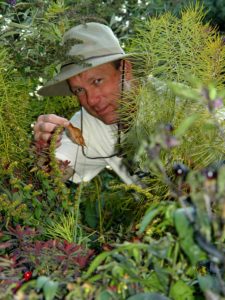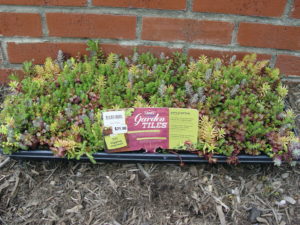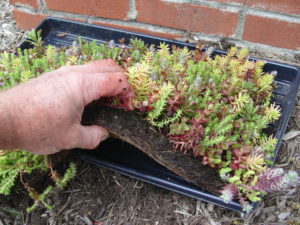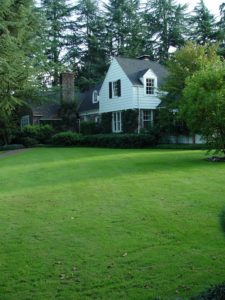10 End-of-Season Yard Jobs
October 19th, 2021
As the curtain closes on a wet and buggy 2021 gardening season, it’s time to do a few things that fall under the category of so-called “putting your yard to bed.”

There’s no need to remove every last leaf from the yard in fall.
If you don’t already have your own list, here are 10 season-ending, winter-prepping yard jobs.
1.) Clean but don’t “sanitize.” It makes sense to get rid of diseased or bug-ridden foliage and excessive leaves that threaten to smother the lawn and groundcover beds, but you don’t have to remove every last bit of organic debris from the yard.
Consider leaving the leaves at the base of trees and shrubs, around dormant perennials, and over top of bare annual-flower and vegetable gardens.
Mow light layers of leaves right into the lawn.
And for heavier leaf layers that threaten to mat down the lawn or evergreen groundcovers, gather them, chop them, and add them to your compost pile.
Read George’s past leaf post on “Love ‘em and leave ‘em”
2.) Yank the dead stuff. Frost-killed annuals and vegetables can be pulled and composted – if they’re not diseased. If they are diseased, bag and toss them.
3.) Clip the browned-out perennial flowers. Perennials that have died back can be cut and the foliage composted as well.
However, consider leaving some plants stand that provide food for birds over winter, such as black-eyed susans, coneflowers, liatris, sedum, and sunflowers.












